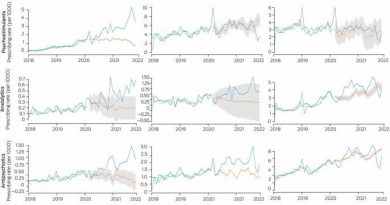Fall Allergies Can Bring On Symptoms That Resemble A Cold
If you’ve ever dealt with allergies of any kind, you know how much of a pain they can be. Seasonal allergies can be especially annoying and uncomfortable when you just want to enjoy your morning run or afternoon dog walk.
If you think you’re in the clear once you’re well past spring when so many flowers are in bloom, I’m unfortunately here to break some bad news. Fall allergies are also a thing, and their symptoms can wreak as much havoc as any other time of year. (Ugh.)
In fact, more than two-thirds of spring allergy sufferers actually experience the misery of their symptoms all year, according to the American College of Allergy, Asthma & Immunology. So, if you start the sniffles back in early spring, the annoying news is that the stuffiness might just continue through fall (and, ahem, beyond).
What causes fall allergies?
The main difference between fall and other seasonal allergies are outdoor triggers like ragweed pollen, something that is only in the air in the fall (typically late August through whenever your region experiences winter frost), explains Purvi Parikh, MD, an allergist-immunologist with Allergy & Asthma Network in New York City.
Mold may also be present in the air in higher concentrations as leaves fall during this time, plus, it can grow on the piles of fallen leaves you’ll find outdoors.
What are the symptoms of fall allergies?
Fall allergy symptoms are pretty similar to any other time of year. Here’s what to look out for:
- Cough. With allergies, you’ll generally experience a dry cough, says Dr. Parikh. If your cough wakes you up or keeps you up at night, see a board-certified physician, as you may be developing allergic asthma, a form of asthma caused by allergies.
- Itchy and watery eyes. Usually both eyes will be affected and can also swell, or the skin under the eyes can become dark from congestion.
- Nasal symptoms. You may experience a stuffy or runny nose, as well as sneezing and itching in your nose, says Dr. Parikh.
- Sore throat. Secretions can drip from your nose down the back of your throat, causing a post-nasal drip, as well as soreness or itchiness in your throat.
- Skin irritation. Fall allergens can irritate the skin and cause itchy rashes like eczema or hives.
- Ear irritation. Clogged ears, ear pain, and itchy ears are also common with fall allergies.
- Breathing problems. “Many people don’t realize the most common form of asthma is allergic asthma,” says Dr. Parikh. “If you’re experiencing coughing, wheezing, shortness of breath, chest pain, or chest tightness, you likely are experiencing allergic asthma, and I would recommend seeing a physician or seeking medical attention ASAP.”
How are fall allergies diagnosed?
It’s important to seek out a board-certified allergist not just to ensure you’re taking the right approach in terms of treatment, but also so they can perform allergy testing to confirm what exactly you’re allergic to and to rule out other potential illnesses. An allergist can also prescribe prescription medications if over-the-counter treatments haven’t proven to be effective enough.
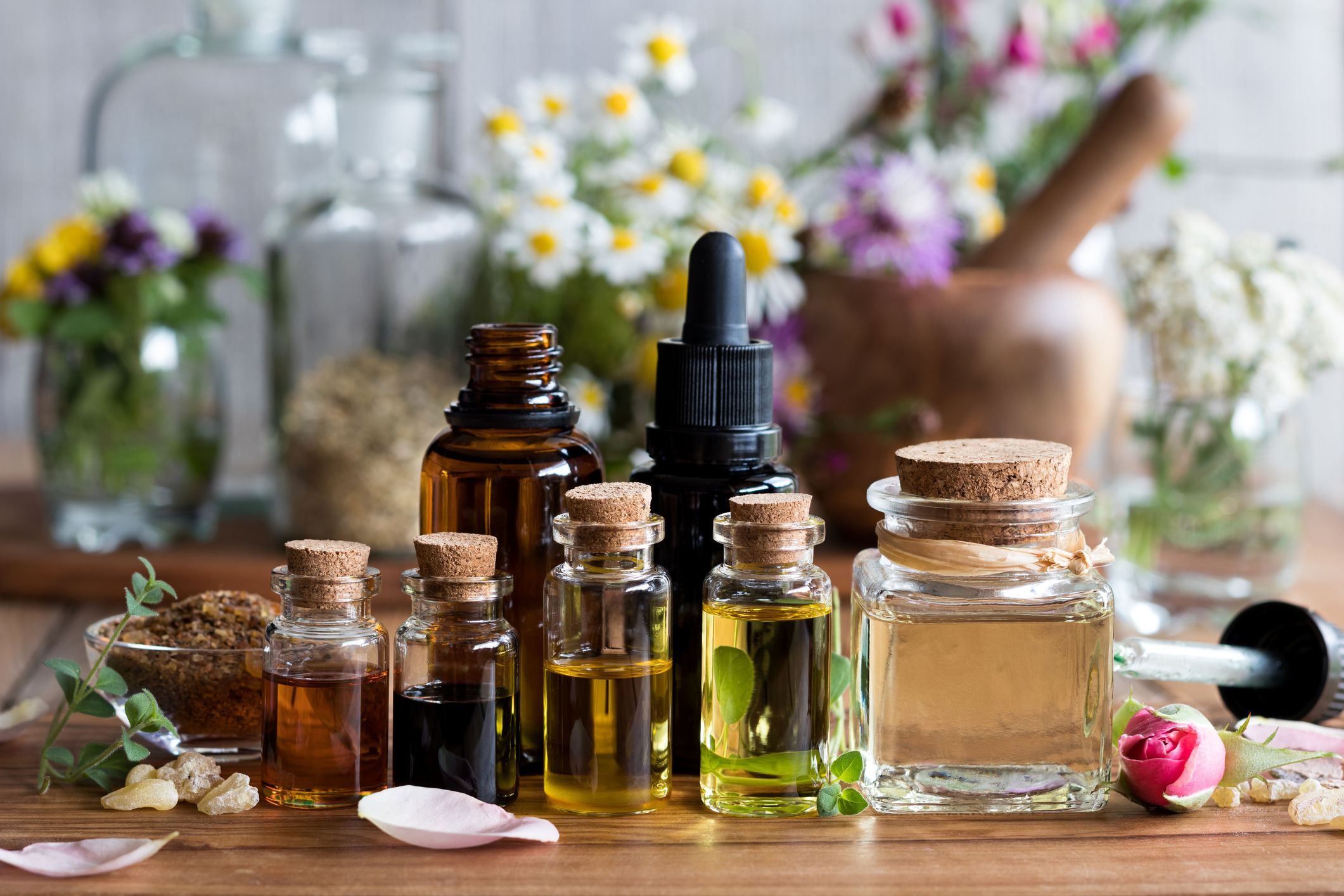
A board-certified allergist will likely do either a skin prick test or standard blood test called an IgE test to detect antibodies for individual allergens. Your doctor may also do a breathing test to determine if your cough is due to asthma versus a post-nasal drip, or from some other cause.
“Make sure your allergist is a board-certified allergy and immunology physician, as many unreliable tests exist and you don’t want to be diagnosed as allergic if you’re not,” says Dr. Parikh. You want to make sure you’re getting treated for the right condition, of course.
What are the best treatments for fall allergies?
- Antihistamine eye drops, pills, and nasal sprays. These are usually an effective treatment option for eye and nose symptoms, with nasal steroids and nasal antihistamines often being the most effective.
- Nasal corticosteroids. These reduce swelling in the nose to target symptoms like congestion. The Asthma and Allergy Foundation of America calls these “the most effective medicines for nasal allergies.”
- Prescription inhalers. If you’re dealing with allergic asthma, it’s worthwhile to visit an allergist who can potentially prescribe an inhaler to help with symptom relief.
- Prescription creams. If you have a skin rash or itchiness, there are various topical OTC and Rx corticosteroid creams available that can treat the rashes based on how severe your symptoms are.
- Allergen immunotherapy. This is the best way to reduce allergies over time and minimize symptoms by making you less allergic. Allergen immunotherapy involves exposing yourself to larger amounts of an allergen to desensitize or train your immune system to stop being allergic over time, says Dr. Parikh. These are done via injection or tablets that are placed under the tongue. Your doctor can help you determine if this is a good option for you.
Dr. Parikh recommends avoiding oxymetazoline treatments such as Afrin because they could start a cycle of congestion, basically making you more congested later, as well as cause other side effects.
How can I manage my fall allergies on my own?
In addition to taking allergy medication as suggested by your doctor, one of the other treatments is allergy avoidance, says Dr. Parikh. Basically, it’s about reducing your allergen exposure so as not to constantly trigger symptoms. Here are a few, impactful things you can do every day:
- Avoid peak pollen times outdoors. Early mornings, for example, are when outdoor pollen counts tend to be the highest, while late afternoon and evenings are preferable if you tend to experience symptoms from common outdoor allergens.
- Keep your windows closed. Not only will this help to keep pollen out of your house, but keeping your air conditioner on “recirculate” or filter-only mode can help to cut down on the amount of pollen and other allergens you breathe in, helping you to breathe more easily and comfortably.
- Change your clothes and shower immediately when you get home from an outdoor workout. This will ensure you’ve rinsed all pollen off your body, helping to reduce your risk of symptoms flaring up.
- Try an air purifier. If you also have indoor allergies, you can try a HEPA air purifiers to help with mold and animal dander (pollen and dust mites are too small to be filtered). For dust mites, you can get encased dust mite covers for bedding, vacuum frequently, or forego carpet altogether if possible.
- Reduce inflammation. Your diet matters, too. Alcohol and processed foods may make allergies worse by increasing inflammation in your body, so lowering your intake and consuming them in moderation may bring you some relief, says Dr. Parikh.
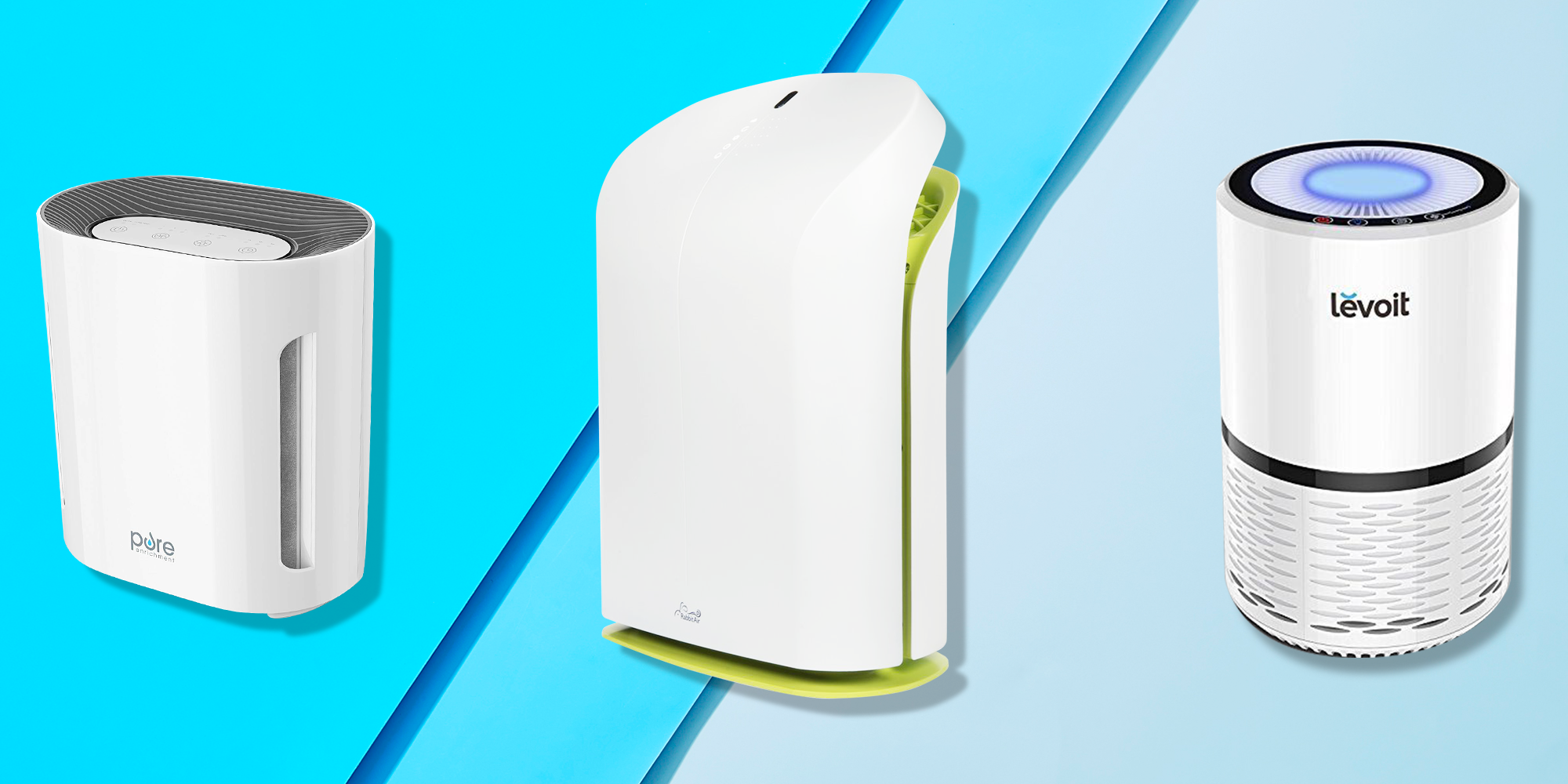
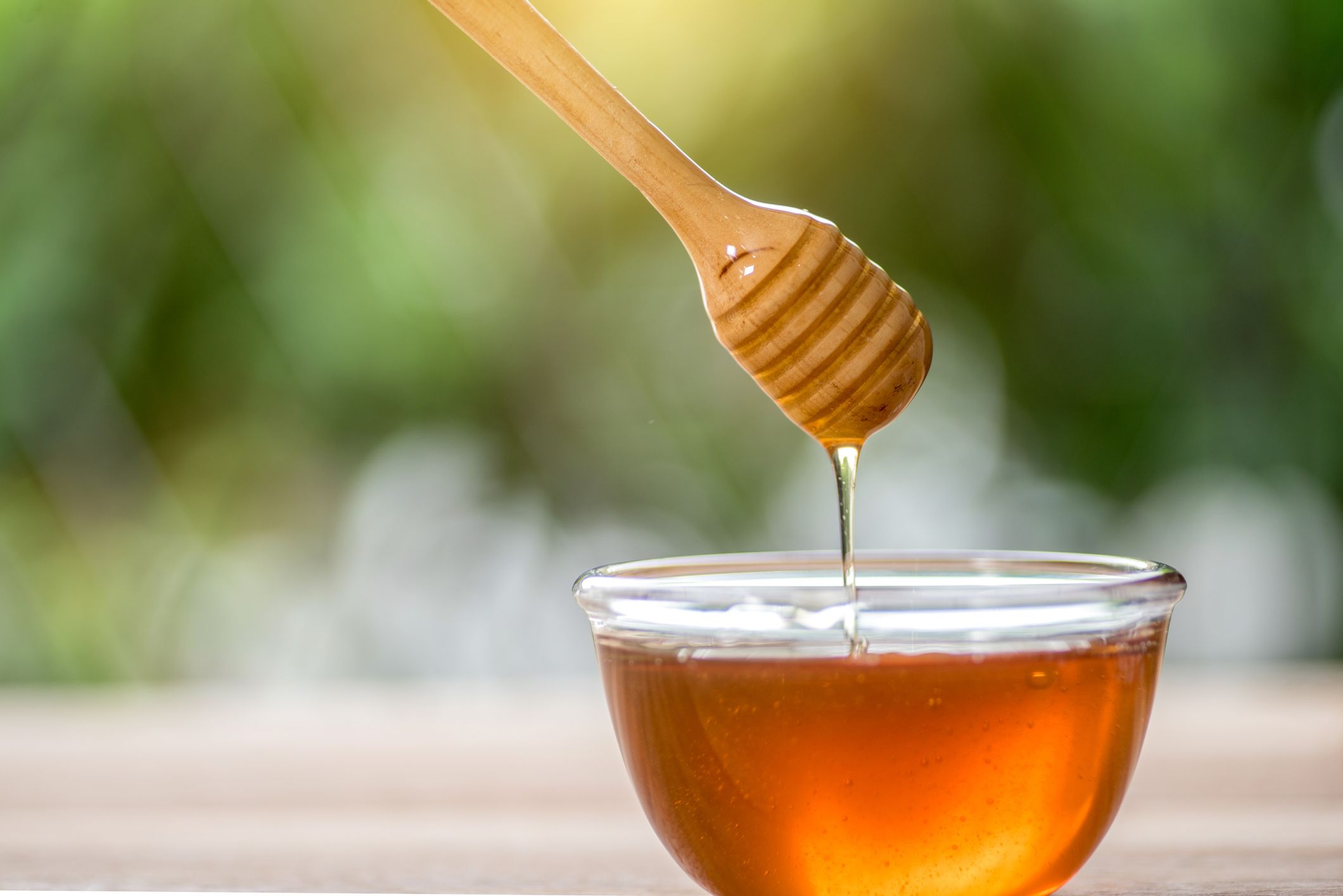
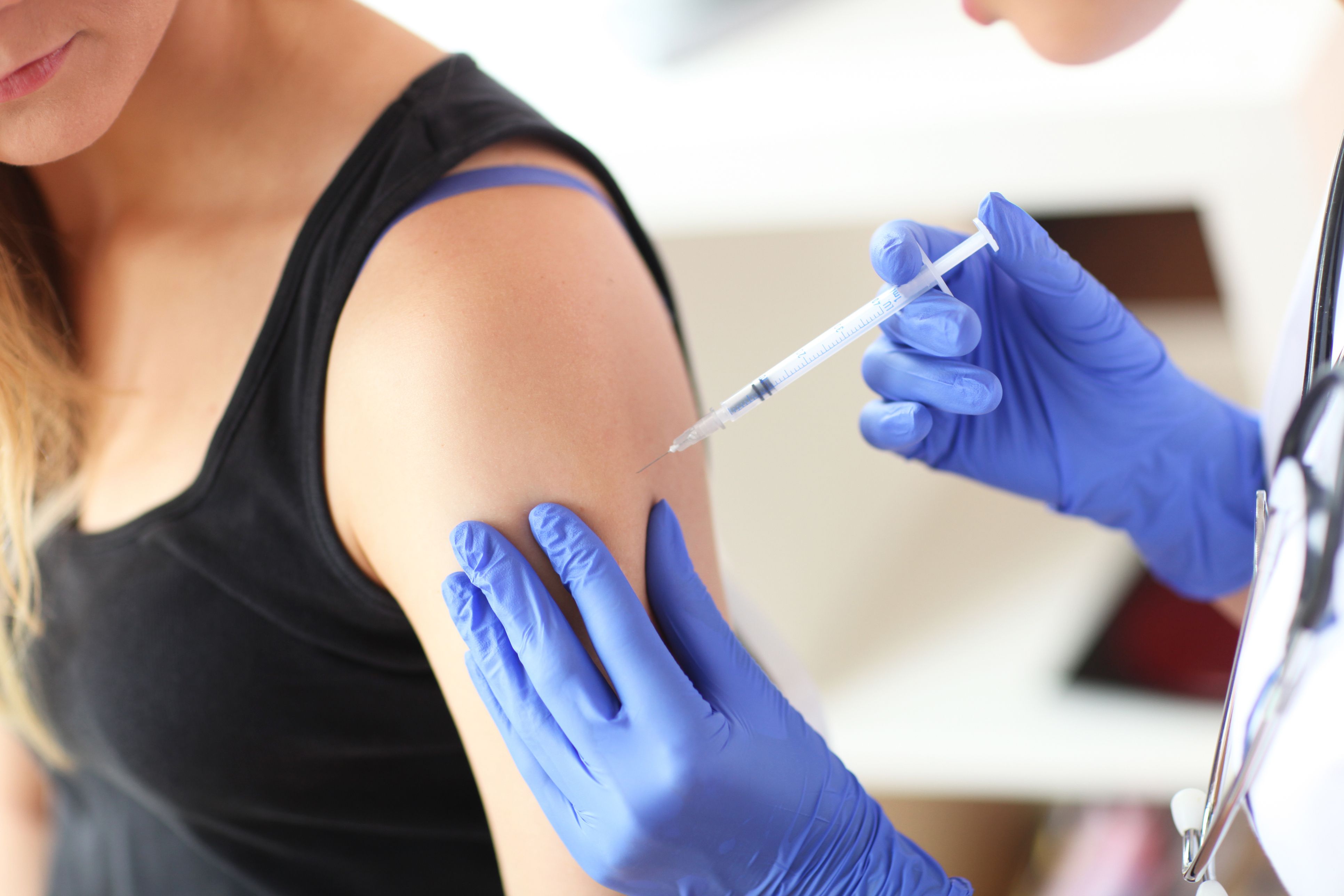
What can I do if allergens or other air quality issues are especially prevalent in my community?
Unfortunately, where you live can play a role in how air quality issues are dealt with publicly, leading certain communities to be more likely to suffer from allergies. “There are known disparities among both Black and Latinx populations for allergies as well as asthma,” says Dr. Parikh. “The ability to for individuals to remove environmental triggers for allergies and access effective treatment is lower in these communities.”
There is also is a genetic component in that if you develop allergies, your child is 50 percent more likely to develop an allergy as well, which means communities with higher rates of asthma and allergies are more likely to pass them to their children and contribute to that growth, says Dr. Parikh.
If you think you’re dealing with an environmental issue beyond your control that’s affecting your physical health, organizations such as Earth Justice and We Act for Environmental Justice can provide resources and information.
Source: Read Full Article



